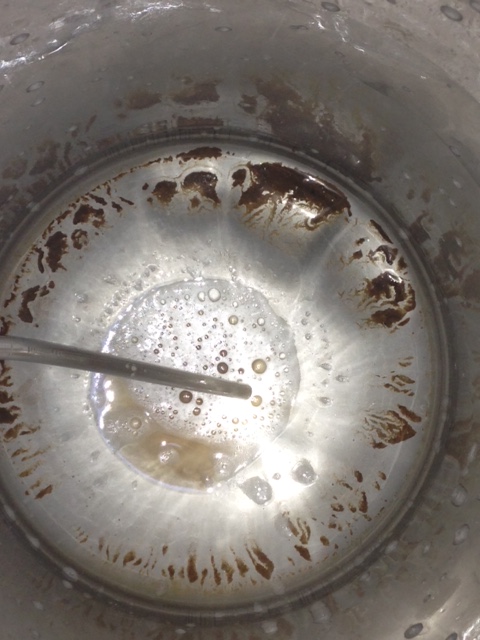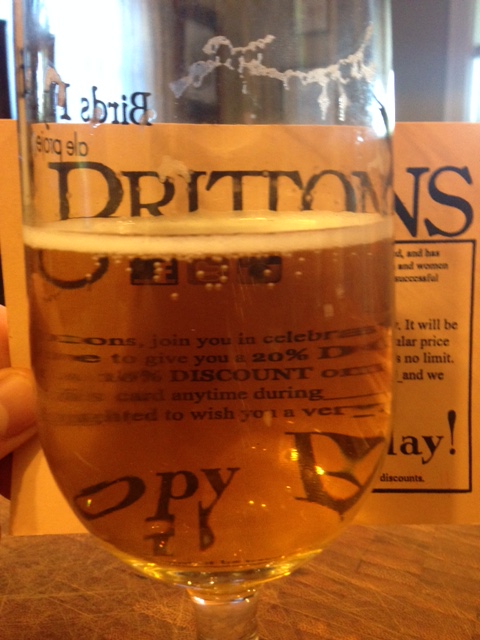ShareBrewing
Well-Known Member
- Joined
- Aug 23, 2016
- Messages
- 274
- Reaction score
- 110
Really wish I would've seen this when I brewed my margarita inspired beer about two months ago. Mine is a sour but of the funky kind - a simple beer of pilsen DME (OG 1.042) and a 1/2 oz of Saaz hops for 5 gal. Using a 3rd gen funky yeast cake of Brett and Lacto (originally in White Labs Belgian Sour Mix 1).
It is slightly margarita/cocktail inspired, and will become a honey-lime tequila barrel sour. I've done incremental feedings of honey to primary at 1 week, 2 weeks, and 1.5 months. At two weeks, I added a spiral of French oak (medium toast) that soaked in Espolon blanco tequila for 3 weeks. I however did not add the wood-infused spirit to the beer, only added the spiral. My plan being that I will add tequila later to flavor, possibly in secondary or bottling.
Morrey, you're right in that homemade wood-infused tequila is delicious. I mix the French oaked portion with fresh tequila and it's so much more complex than your standard reposado or anejo. And your idea of infusing the tequila with lime zest and then adding is a pretty good one. Might try it out.
I've also done lime Goses in the past, but didn't put nearly the amount of salt you did. I find most commercial goses to be overly salty, so I only added 7g per 5 gal which gives it a noticeable slight briny saltiness. To me an oz just seems like far too much. If I were try this I'd go for maybe 10-14g of salt, which I add at bottling or secondary, to taste. It's a much easier way to avoid the 'drinking seawater' taste.
A note on adding lime zest. I've exbeerimented with adding fresh lime zest at different points in the brewing process. Primary is out of the question, too many aromas/flavors are blown off. Secondary works well if adding 2-3 limes of zest for 2 weeks or so. As for bottling, you could go with Morrey's method of the tincture or alternatively, add fresh straight to the bottle (or keg). Not sure about kegging, but a very small pinch of fresh lime to each bottle really seems to boost the lime flavor, even preserving the freshness for months. I remember tasting my bottle-zested lime Berliner Weiss at months old and it still had great flavor, far more than those just with it added in secondary. These bottles also benefitted from an increased head retention and stability, along with better carbonation. Perhaps the zest oils actually aid with this?
It is slightly margarita/cocktail inspired, and will become a honey-lime tequila barrel sour. I've done incremental feedings of honey to primary at 1 week, 2 weeks, and 1.5 months. At two weeks, I added a spiral of French oak (medium toast) that soaked in Espolon blanco tequila for 3 weeks. I however did not add the wood-infused spirit to the beer, only added the spiral. My plan being that I will add tequila later to flavor, possibly in secondary or bottling.
Morrey, you're right in that homemade wood-infused tequila is delicious. I mix the French oaked portion with fresh tequila and it's so much more complex than your standard reposado or anejo. And your idea of infusing the tequila with lime zest and then adding is a pretty good one. Might try it out.
I've also done lime Goses in the past, but didn't put nearly the amount of salt you did. I find most commercial goses to be overly salty, so I only added 7g per 5 gal which gives it a noticeable slight briny saltiness. To me an oz just seems like far too much. If I were try this I'd go for maybe 10-14g of salt, which I add at bottling or secondary, to taste. It's a much easier way to avoid the 'drinking seawater' taste.
A note on adding lime zest. I've exbeerimented with adding fresh lime zest at different points in the brewing process. Primary is out of the question, too many aromas/flavors are blown off. Secondary works well if adding 2-3 limes of zest for 2 weeks or so. As for bottling, you could go with Morrey's method of the tincture or alternatively, add fresh straight to the bottle (or keg). Not sure about kegging, but a very small pinch of fresh lime to each bottle really seems to boost the lime flavor, even preserving the freshness for months. I remember tasting my bottle-zested lime Berliner Weiss at months old and it still had great flavor, far more than those just with it added in secondary. These bottles also benefitted from an increased head retention and stability, along with better carbonation. Perhaps the zest oils actually aid with this?







